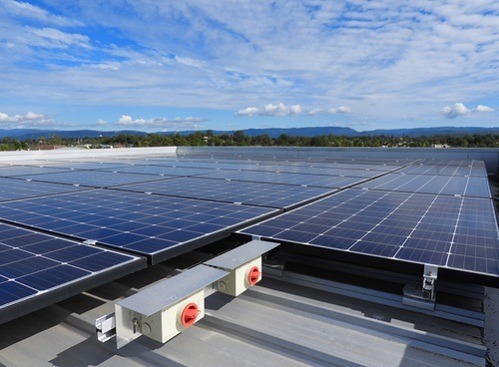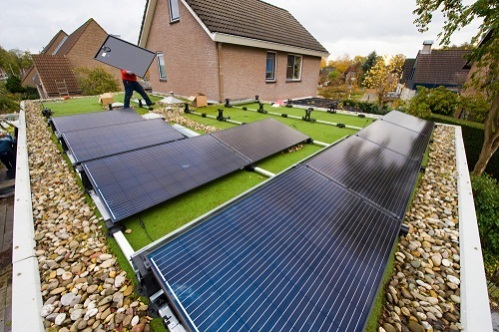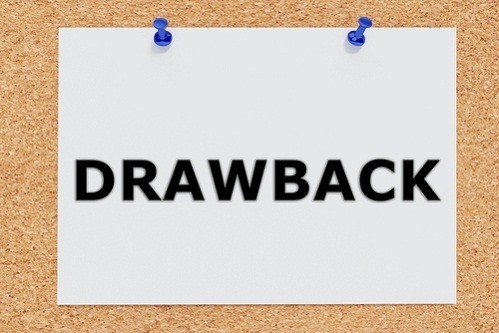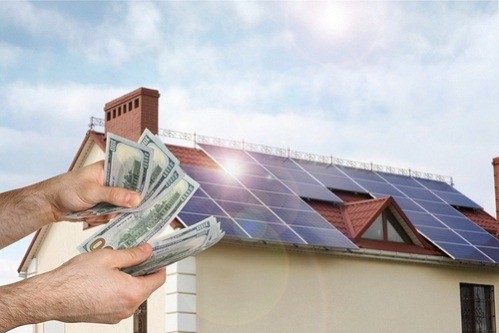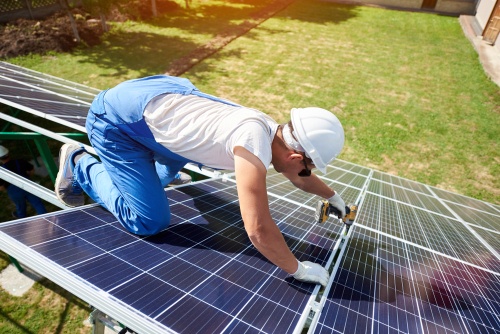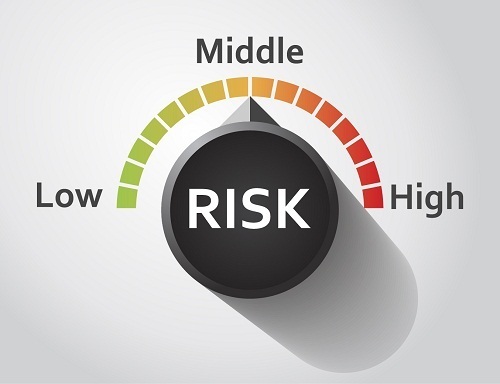Is Solar Panel Setup Possible on a Flat Roof?
You've been considering getting a solar system for your home. You have heard about how it could help save you energy, and it seems to be an excellent opportunity.
There's just one problem: you have always learned that solar panels will need to be set at an angle to get the sun's rays. Also, your roof is totally flat. Are you able to install solar panels in your home?
The short answer is YES… but there are issues and options to be considered that are not necessary for solar panel installation on a pitched roof.
Can solar panels be reinstalled onto a flat roof?
Absolutely.
If your roof is in good condition and does not have big obstructions around, like trees, which may block sunlight and reduce your energy output, you can definitely install solar panels on a flat roof.
Actually, in some ways, a flat roof could be preferable to a slanted one when it comes to solar setup.
For one thing, the panels are more difficult to see from the road, maintaining your home's overall aesthetic value. There are other advantages too.
When planning solar panel setup onto a flat roof, one of the decisions you need to make is whether to mount the panels to utilize tilt-up mounting gear to boost the panels into a more ordinary 25°.
What are the drawbacks of mounting solar panels flat on a flat roof?
There are three disadvantages of placing solar panels flat against a flat roof:
Is different equipment needed to install solar panels on a flat roof?
While you can lay solar panels flat against a slanted roof, there's some specialized equipment necessary to mount solar panels on a flat roof. Angled mounts assist with sunlight exposure and energy output.
There are now lots of engineered tilt-up mounting and racking systems that could be used to tilt up the panels to the desired level that cost little more than standard mountings used on a pitched roof.
Is it costlier to install solar panels on a flat roof?
It can be a little more expensive. The angled mount your installer uses adds a small sum to the total cost of this system. But, other factors mitigate that cost difference.
For most-solar systems, the expense of installation and labor constitute around 10 percent of the whole price tag.
Though on an angled roof, employees need special safety equipment to perform their job without falling off. Additionally, roof material such as shingles will likely come loose during the procedure.
Neither of this a problem with a flat roof. Installers can roam around easily, and the materials on flat roofs are not as likely to maintain damage during installation.
In the long run, the purchase price gap between installing a flat roof with tilt-up mountings or installing a pitched roof is typically only around $800 for a standard 7 kW residential solar energy system.
Is output affected by a flat roof?
On a normal slanted roof, the angle of the solar panels is based upon the angle of the roof and the direction the roof faces.
On a flat roof, you can confront your solar panels in almost any way and tilt them to any angle you desire. This freedom implies you can optimize your energy output.
By facing your solar panels adjusting them to an angle equal to your house's latitude, you can optimize their sun exposure and create more energy.
Do flat roofs need specialized installers?
Not every firm is furnished to install solar panels on a flat roof.
However, if that style of roofing is common in your area, then it is very likely that many of your regional solar installation companies will be ready to accommodate you.
And even if it is not, there are definitely some installers in your area who can help. Find a local solar company that can accommodate your needs!
Are there risks involved with installing a solar system on a flat roof?
As we've previously mentioned, installing solar panels on a horizontal roof is safer than on a slanted one.
Though once you have them installed, there are a few issues that could occur. One is the dilemma of dirt.
Tilted solar panels self-clean themselves: water runs away, taking most debris and dirt with it. Horizontal panels don't provide this benefit.
The main issue that comes from mounting panels on a horizontal roof is leakage. If your panels are set up flat, water may pool and around them if it rains, causing damage to your roof.
Fortunately, there are loads of approaches to prevent water pooling.
The best solution would be to tilt your panels at an angle. A tilt of just three or four levels can help prevent pooling and keep your system clean.
There are also steps you can take during setup to resist pooling.By drilling the panels directly in your roof, it is possible to anchor the machine into position, which reduces the pooling risk.
You can also utilize a ballasted system that anchors the panels using weights rather than drilling.
And there are hybrid methods, which include both approaches. Learn what sort of solar installation is ideal for your roof.
Do panels always have to be tilted on a flat roof?
They don't necessarily need to be. But, you get more energy flowing from them if you tilt the panels to the optimum angle.
Additionally, because of the damage from leaking, which we discussed above, it cannot be easy to find a guarantee for panels with a tilt of fewer than two degrees.
In the long run, It is preferable to have your panels installed at an angle. You may even alter the incline amount after the setup is complete, if you prefer, to match your energy output requirements.
Conclusion
Having a flat roof doesn't keep you from having a fully functional solar system in your dwelling.
It can even give better power output than a slanted roof (since it is possible to control the tilt) for about the same cost.

